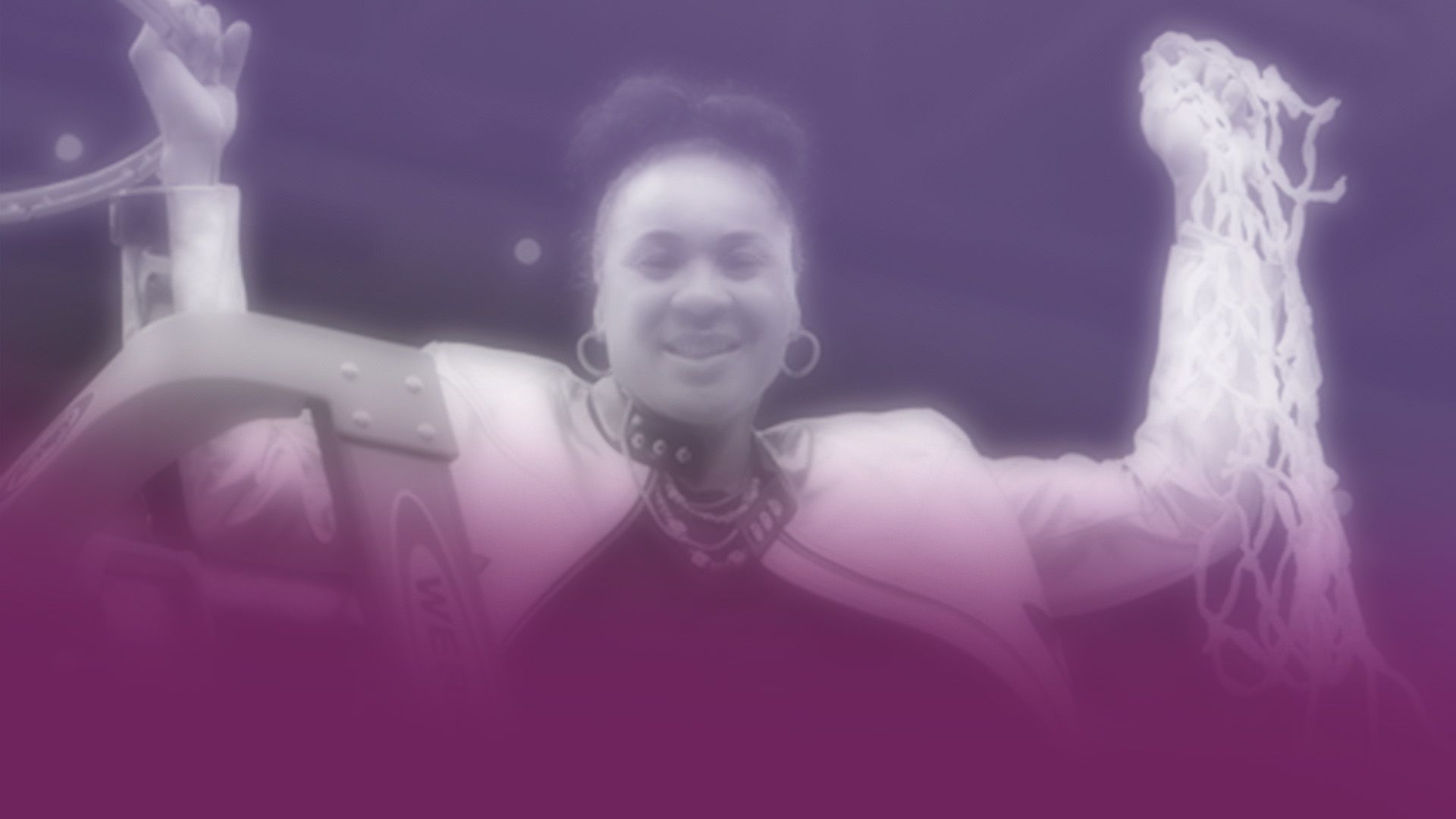5 Reasons Why We Should Support ALL Women in Business and Society
When we celebrate women’s history month, we need to celebrate ALL women. White, Latina, Black, and Asian women have all contributed to the advancement of society.
But remember, acknowledging the special contributions of certain groups of women is NOT a zero-sum game. When we honor the contributions of women of color, disabled women, queer women, we do so with ALL women in mind and in consideration of the intersections they represent. Trans, queer, BIPOC, and women with disabilities benefit from the developments that other women have created. And so do men.
This idea that when we support one group in DEI, we all benefit aligns with the Curb-Cut Effect dubbed by Angela Glover Blackwell.
The Curb-Cut Effect is a vibrant illustration of how laws and programs designed to benefit vulnerable groups, such as the disabled or people of color, often end up benefiting all. The creation of the Curb-Cut effect underscores a foundational belief that we are one nation and we rise or fall together.
The more we invest in one group (women of color, queer folks, people with disabilities), the closer we are to creating a more equitable economy, society, and nation that benefits us all. Here’s why diversity, equity, and inclusion for ALL women benefit everyone.
1. When women are economically empowered, everyone benefits
The truth is, women make up a huge part of the economy. And when they’re economically empowered, they’re more likely to contribute to the economy in meaningful ways. When Black, Native, and Asian women have economic leverage, they can contribute $1.9 trillion into the economy. This allows them to participate fully, have more control over their own time, lives and bodies, and increase their voice in important decision-making processes. When BIPOC women grow economically, so do other businesses in the country.
2. When more women work, economies grow
When we support women to work, actualize their dreams, and make their own money, we contribute billions into the economy and pave the way for more women of color to follow. In 2012, it was estimated that Latina-owned businesses contributed $65.7 billion dollars to the US economy. Yet, Latinas still made 55 cents to the dollar compared to white males. Empowering Latina-women to continue to work but with higher and fairer wages doesn’t just benefit them, it benefits all of us, too. When women of color work and get paid more, they give more.
3. When more women are in leadership positions, companies grow
It’s 2021, and still, l ess than 10% of women of color have a seat at the Executive table. That’s a mistake. Studies show that when more women of all races are in leadership positions in a company, the better that company performs. That’s because women are seen as good collaborators that are willing to listen to new ideas in order to improve the company’s success. When women have a seat at the table, the entire company grows.
4. When more women own businesses, they innovate better solutions
Women of color develop ideas that help make society better. Without their unique perspective, so many solutions would not exist. Beatrice Dixon, the founder of The Honey Pot , produces all-natural feminine care alternatives in an industry saturated with toxic, feminine products. Issa Rae, the actress, writer, and producer created Awkard Black Girl , a web series that centers on the experiences of people of color in an industry that largely ignored the unique stories of people of color. Or even Rihanna who created the Savage x Fenty brand that finally offered inclusive lingerie-ware for different shades of women. It’s no surprise that back in 2008, women of color made up 26% of all women-owned firms and generated $165 billion in revenue, employing 1.2 million people. And of all the black-owned businesses in the country, 36% are owned by black women. When women of color own their own businesses, it gives all women permission to do the same.
5. When some women can have a voice, they pave the way for all women to have a voice
It’s a fact that Black women were the unsung heroes of the suffrage movement. They organized the freedom riders, and paved the way for protections to stop sex discrimination. As seen in the Black Lives Matter movement, the more black women were centered in the movement, the more visibility it gave to other women in their social movements. When black women fought for their voices to be heard, all women benefited.
Conclusions
Women supporting women is nothing new. But EVERYONE supporting the voices and contributions of ALL women is new. Without the contributions of women of color and other minority women in society, we wouldn’t have the business, economic, and social successes we see today. Supporting women of color, minority owned-businesses, and women’s rights pave the way for everyone to benefit.














